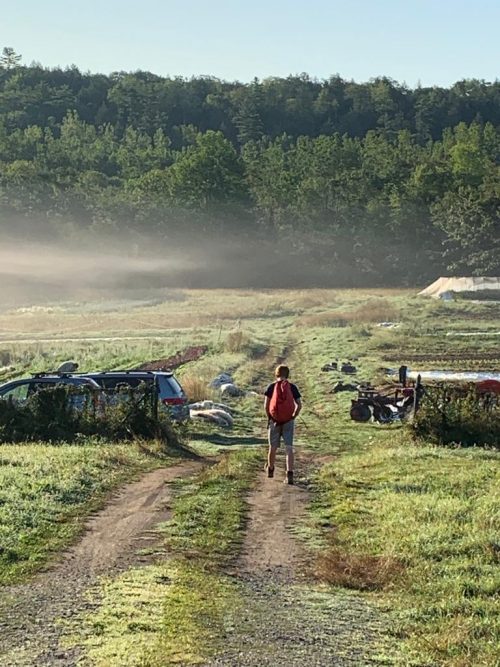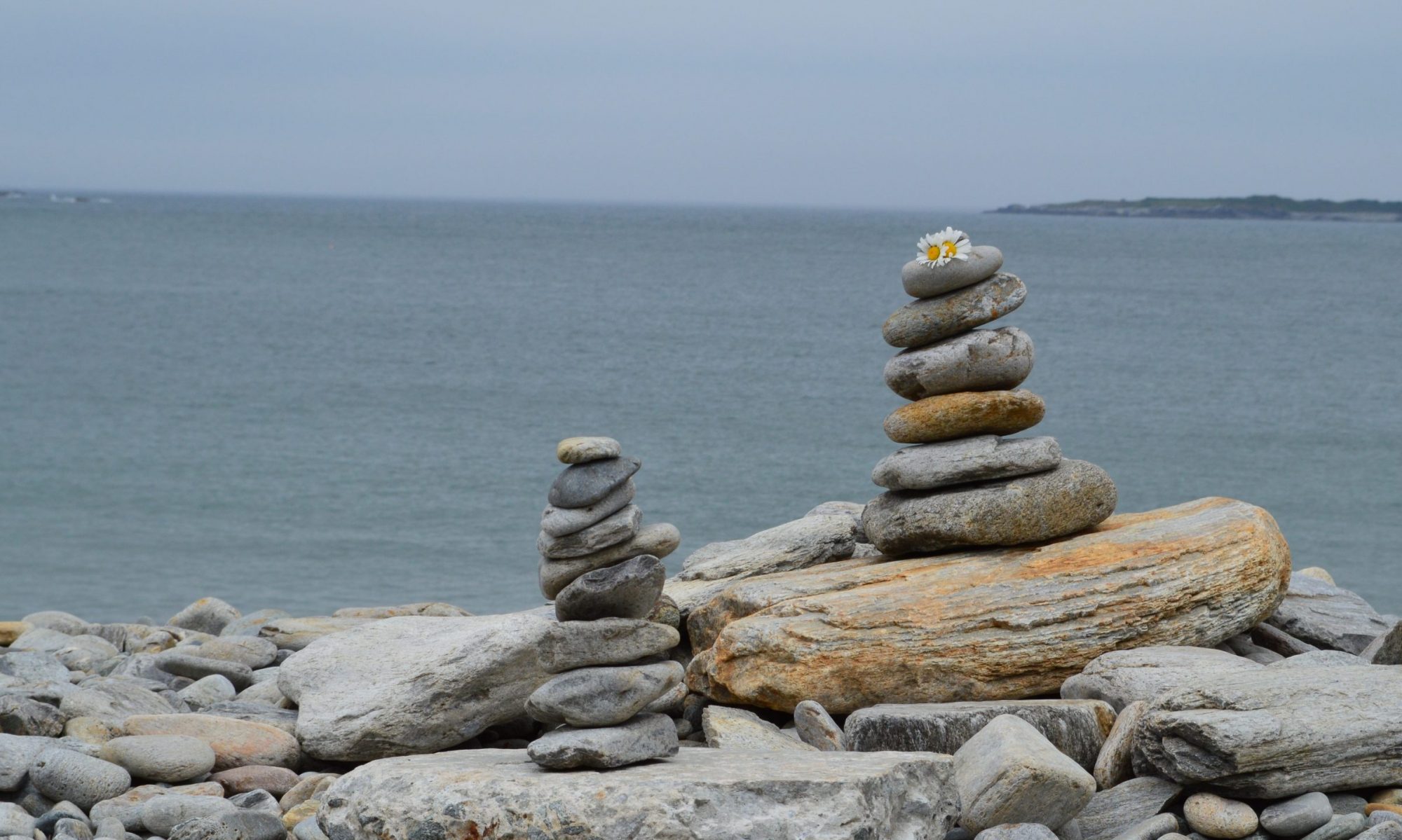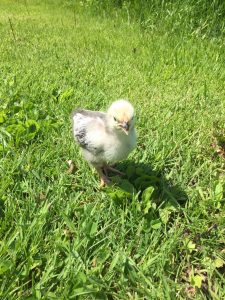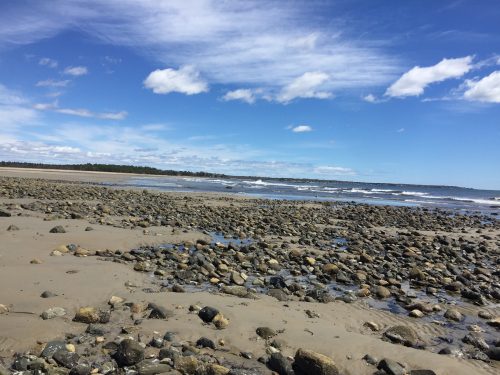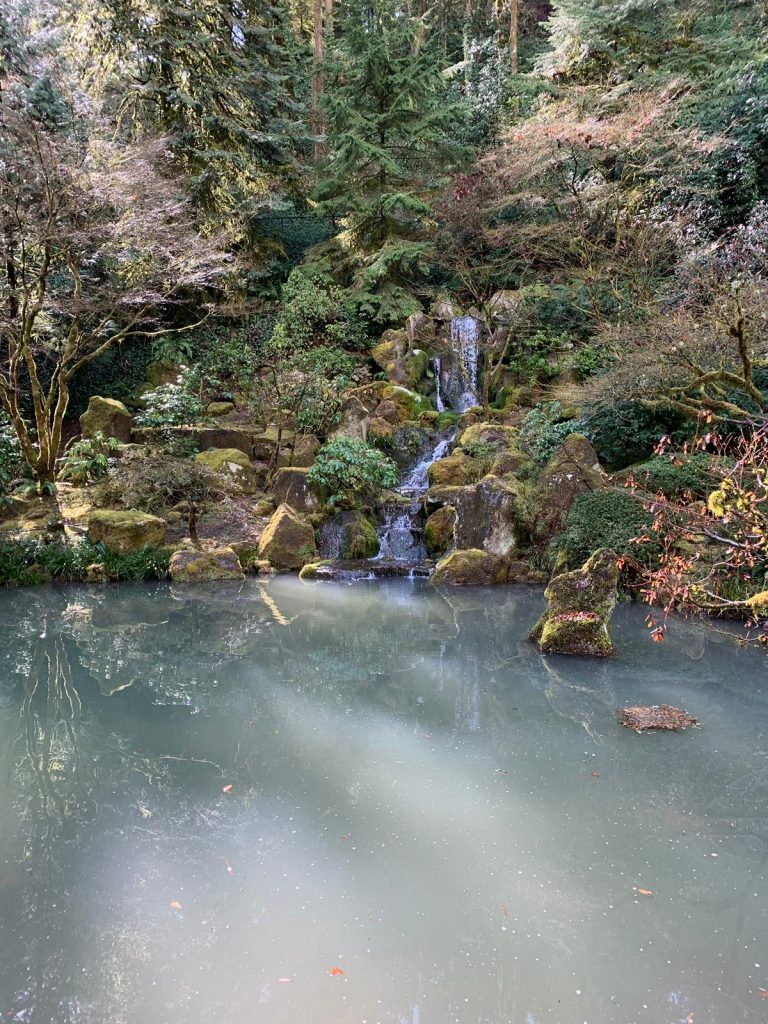In early August, I celebrated the midway point between the summer solstice and fall equinox with a dozen folks from Renewal in the Wilderness. We gathered for Lammas (a.k.a. Lughnasa, Harvest Festival) next to a Community Garden overlooking a meadow with waist high grass and insects and birds of all colors and songs. Standing in witness to this abundance, we recognized summer’s bounty as well as the fading light and withering stalks that served as a reminder that a dormant season was arriving. We discussed the infinite web of connection that binds us to past and future, death and birth, light and dark. And we offered gratitude for being here to receive it all. We gave thanks to the exploding stars that give us iron to course through our bloodstream and to the biome that lives in our gut to keep us healthy. We gave thanks to the four-legged critters who bless our homes with joy and fur and to the ancestors who saved the seeds of the sweetest corn from generation to generation so that we could enjoy crisp, sweet corn that evening.
The gratitude that I shared that day has been echoing in my mind and heart ever since. I gave thanks for my children. They are kind, engaged, and curious individuals: they are also tethers to the future. My commitment to nurture and nourish my own children is simply part of my commitment to nurture and nourish all life — and the land and water that will sustain it. Simply by their presence, my children guide me into right relationship with the world around me, always moving towards just and compassionate action and words. I am grateful for the daily reminder to notice and honor my responsibility to the wider web of creation.
I had never thought of gratitude and responsibility in relationship to one another before but, since that Lammas celebration, I have often noticed them nesting together and guiding my actions as I tend to the myriad details and relationships that appear throughout each day. I have been repeating a vow articulated by Joanna Macy in Active Hope. The affirmation captures my sense of responsibility to this time and place and clarifies my intention to live in an honoring and sustaining way.
I vow to myself and to all of you:
To commit myself daily to the healing of our world and the welfare of all beings.
To live on the earth more lightly and less violently in the food, energy and products I consume.
To seek support and guidance from the living earth, the ancestors, the future generations and my brothers and sisters of all species.
To support one another in our work for the world and to ask for help when I need it.
To pursue a daily practice that clarifies my mind, strengthens my heart, and supports me in observing this vow.
– From Active Hope by Joanna Macy and Chris Johnstone
As we approach the fall equinox, I am paying close attention to the internal and the external rhythms. I am curious to see what new awareness arises internally as the season comes to balance between dark and light, warm and cool. Whatever emerges, I am sure I will be greeting it with gratitude and responsibility.
